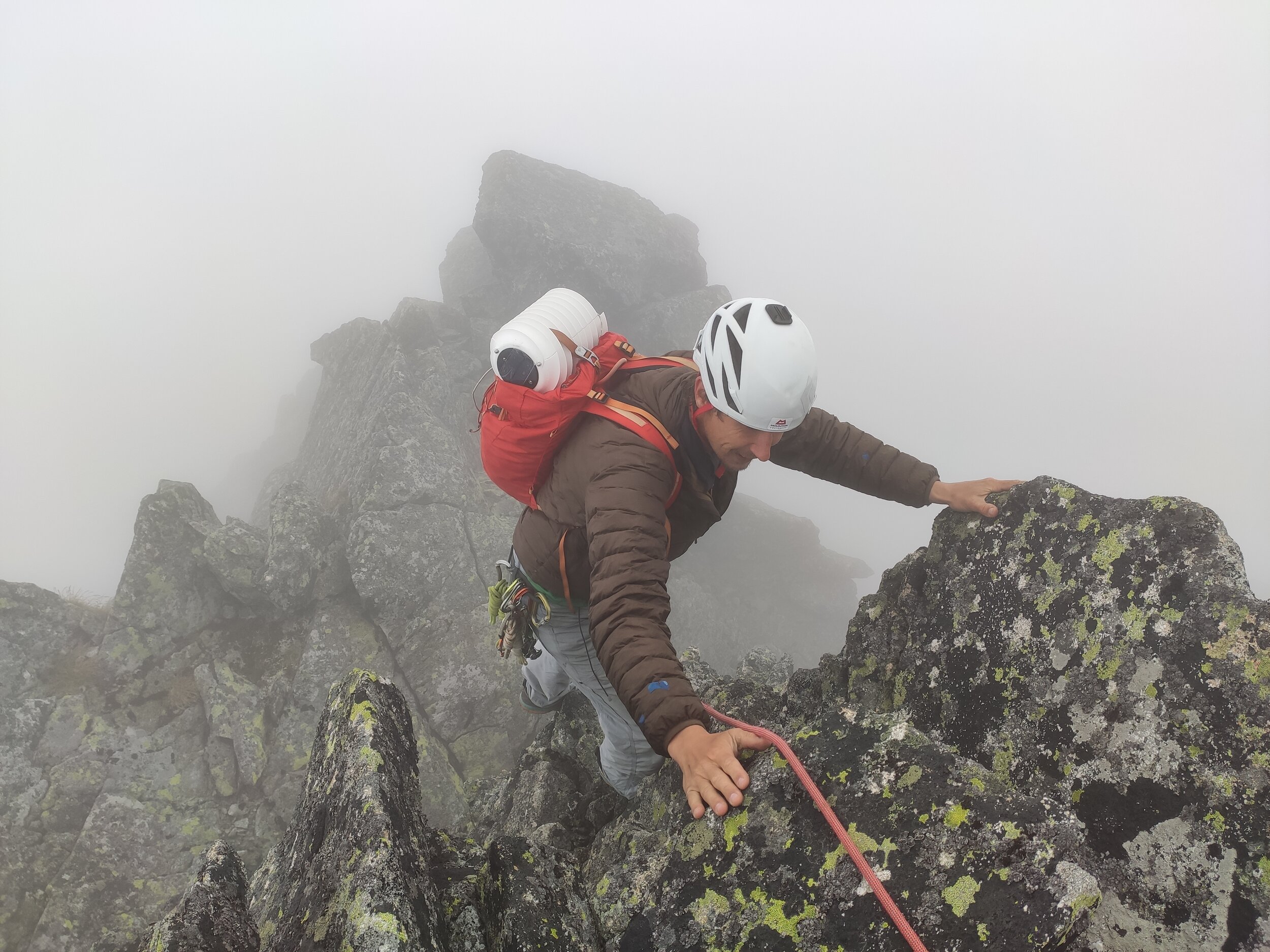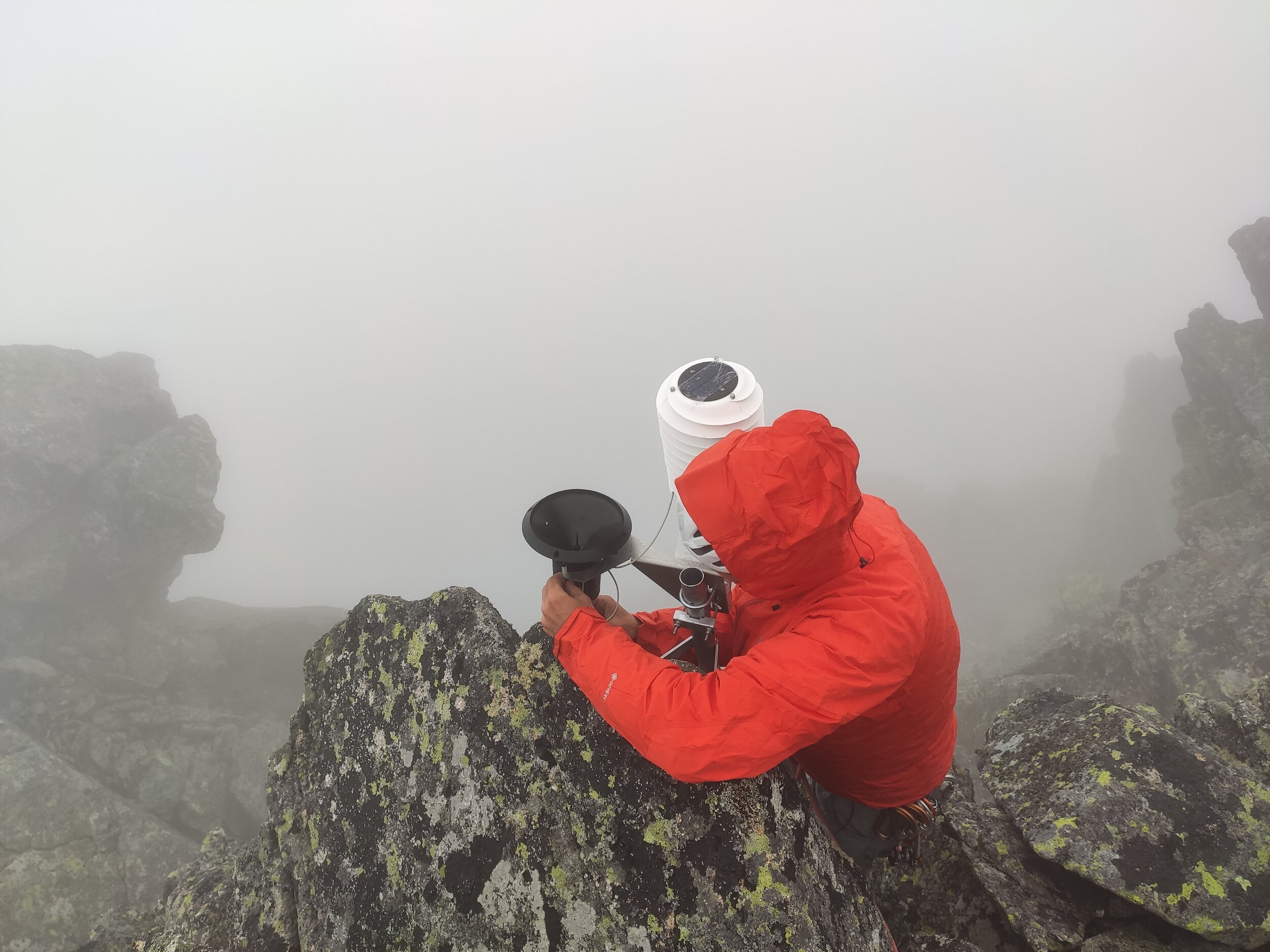Transparency Starts at the Sensor
/Fix the instruments. Fix the forecast. Restore trust in climate warnings.
At MeteoExpo 2025 in Vienna, Jan Barani presented one of the most talked-about sessions at the Technology & Innovation Theatre — challenging the very foundations of today’s hydrometeorological measurement industry.
Our presentation, “Transparency Starts at the Sensor,” asks a simple but uncomfortable question:
How can we expect the world to trust our forecasts and climate warnings if the instruments we use to collect the data can’t be trusted themselves?
For too long, our industry has hidden behind laboratory certificates and “WMO-certified” marketing claims, while the quality of field measurements has quietly eroded.
From 3 °C temperature errors in official records to low-sampling ultrasonic anemometers that miss entire wind gusts, the credibility gap between data sheets and real-world truth is widening fastMET25_Technology & Innovation T…MET25_Technology & Innovation T….
Fix the Instruments, Not Just the Models
The presentation exposed how:
“All-in-one” weather sensors combine incompatible measurements that disturb the very air they’re trying to measureMET25_Technology & Innovation T….
Fan-aspirated radiation shields (FARS) distort measurement height and introduce thermal noise instead of removing itMET25_Technology & Innovation T….
Low-power ultrasonics with 1 Hz or slower sampling rates can’t capture a 3-second gust and yet are still accepted in automatic weather stationsMET25_Technology & Innovation T….
WMO’s own time-constant guidelines omit wind-speed context entirely, making the term meaningless in practical meteorologyMET25_Technology & Innovation T….
Rebuilding Credibility
If we want people to trust early warnings again, we must start with transparent instrumentation and open intercomparison testing.
The talk proposes a simple path forward:
Proposal to implement Continuous WMO intercomparisons open to all manufacturers, funded by HMEI fees— not invite-only.
Proposal to implement a wind-invariant constant and dimensionless response index to make temperature-sensor performance directly comparable across airspeeds.
A call for “WMO certification through transparency”, where every sensor is verified in field conditions, not just in a chamber of a calibration laboratory.
Download the Full Presentation
The full slide deck — complete with illustrations, caricatures, and technical appendices — is available here:
👉 Download the PDF Presentation
About the Author
Jan Barani, founder and CEO of BARANI DESIGN Technologies, has spent over two decades challenging conventional thinking in meteorological instrumentation. His innovations — from the MeteoShield Pro to the MeteoHelix IoT Pro — have redefined field measurement accuracy across the globe.
At MeteoExpo 2025, his message was clear:
“Forecasts graded by the public on outcomes, not on calibration certificates, deserve better inputs. Let’s fix the instruments first.”
BARANI DESIGN Technologies is a manufacturer of professional weather stations






